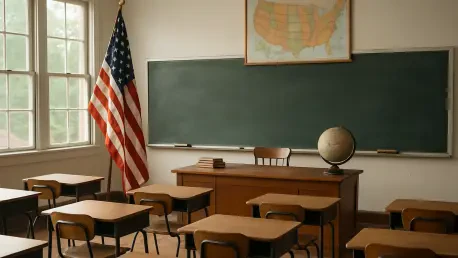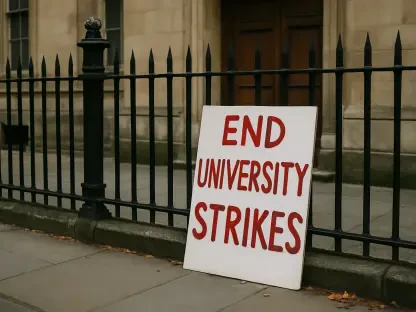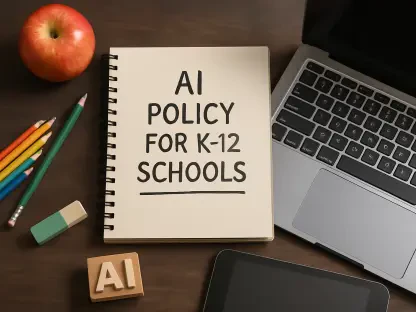In a nation where public education has long been a cornerstone of opportunity, the growing debate over school choice has sparked intense curiosity and contention among educators, policymakers, and parents alike, challenging the traditional framework of K-12 schooling. As traditional public schools face scrutiny over inconsistent outcomes, the idea of empowering families to select educational paths—whether through vouchers, charter schools, or other alternatives—has gained significant traction. This concept challenges the one-size-fits-all model, promising tailored learning environments but also raising questions about equity and oversight. With decades of experiments in various cities, alongside evolving political and technological landscapes, the push for expanded options is reshaping the conversation around education reform. This discussion delves into whether such a shift represents a sustainable solution or merely a polarizing trend, exploring the evidence, historical context, and systemic hurdles that define this critical issue in American K-12 schooling.
Exploring the Impact of Voucher Programs
The concept of school choice, particularly through voucher programs, has been tested in various forms across the United States, with Milwaukee’s long-standing initiative serving as a pivotal case study for over three decades. Proponents argue that vouchers grant parents the freedom to select private or alternative schools that better meet their children’s needs, often citing improved engagement and academic outcomes in specific instances. However, critics point to uneven results, highlighting gaps in data and instances where student performance has not significantly improved compared to traditional public schools. The debate intensifies with concerns over funding, as public school budgets may suffer when resources are redirected to private institutions. A balanced perspective suggests that while these programs offer potential, their success hinges on careful regulation to prevent disparities in access and quality. Legal rulings affirming parental rights to choose have further fueled advocacy, yet the lack of consensus on implementation continues to divide stakeholders in education policy circles.
Navigating Technology and Political Challenges
Beyond vouchers, the integration of technology and the influence of political dynamics present additional layers to the school choice narrative, shaping how reforms might unfold. Digital tools, such as online math practice platforms, have shown promise in enhancing student learning, yet their adoption remains surprisingly limited due to barriers like training deficits or resistance to change among educators. Simultaneously, education remains a battleground for broader societal conflicts, with historical events like the culture wars of the early 20th century echoing in today’s ideological disputes over curriculum and policy. Political tensions among policymakers often stall progress, as differing visions for K-12 education create gridlock rather than solutions. While innovative ideas, such as market-driven reforms or even genetic predictors of academic potential, spark curiosity, they lack the widespread support needed for implementation. Reflecting on past debates, it becomes evident that navigating these complex challenges requires a blend of cautious optimism and pragmatic oversight to ensure equitable advancements. Moving forward, stakeholders must prioritize collaboration, leveraging both technological potential and historical lessons to address systemic inequities and build a more inclusive educational framework.









